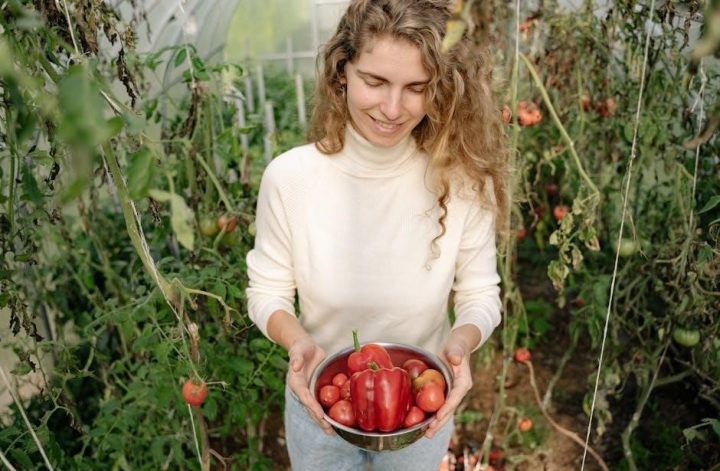Understanding Your Planting Zone
Your planting zone determines the best times to plant vegetables based on average frost dates and temperature ranges. Zone 7 has a moderate climate with a last frost date around April 15th and first frost in November‚ offering a 7-month growing season. This zone allows for multiple planting periods‚ with cool-season crops thriving in spring and fall‚ and warm-season crops excelling in summer. Local conditions may slightly alter these dates‚ so adjusting planting schedules accordingly is essential for optimal growth.
1.1. What is Zone 7?
Zone 7 is one of the USDA Hardiness Zones‚ which divides the U.S. into areas based on average annual extreme minimum temperatures. Zone 7 specifically refers to areas where the temperature ranges from 0°F to 10°F (-17°C to -12°C). This classification helps gardeners determine which plants are most likely to thrive in their region.
Gardening in Zone 7 offers a moderate climate with warm summers and cool winters‚ making it ideal for growing a wide variety of vegetables. The zone’s temperature range supports multiple planting seasons‚ allowing gardeners to enjoy both cool-season and warm-season crops throughout the year.
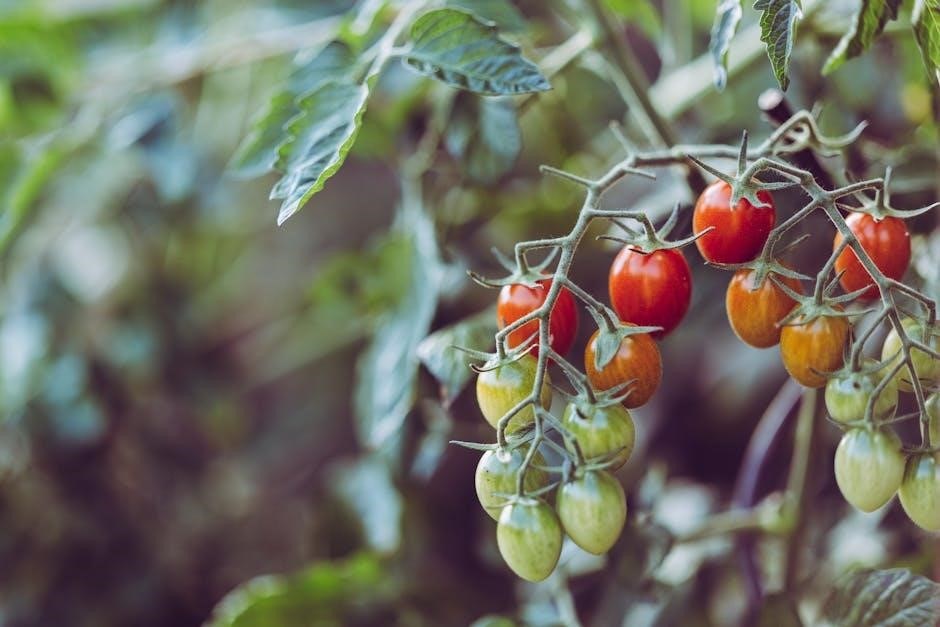
1.2. Last Frost Date and First Frost Date
In Zone 7‚ the last frost date typically occurs around April 15th‚ while the first frost date is usually in mid-November. These dates are critical for determining when to plant vegetables‚ as they mark the transition from winter to growing season and vice versa. The last frost date signals when it’s safe to plant warm-season crops outdoors‚ while the first frost date indicates when the growing season will end. Understanding these dates helps gardeners avoid planting too early or too late‚ ensuring optimal growth and yield. Local microclimates may slightly alter these dates‚ so gardeners should adjust accordingly based on their specific location.
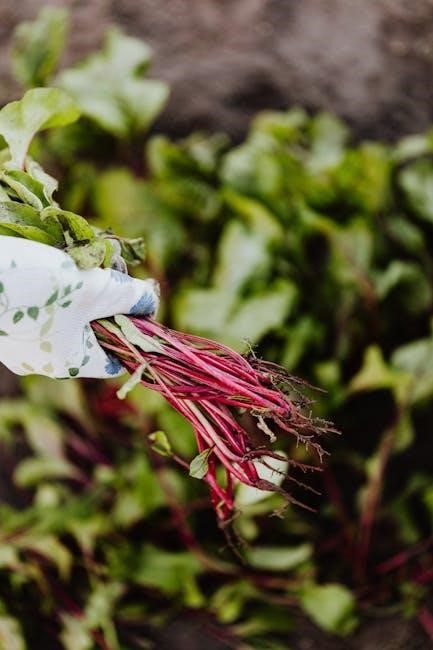
1.3. Length of the Gardening Season
Zone 7 gardeners enjoy a relatively long gardening season‚ typically spanning about seven months. The season begins after the last frost date in April and ends with the first frost in November. This extended period allows for multiple planting cycles‚ enabling gardeners to grow a wide variety of vegetables. Cool-season crops thrive in the cooler temperatures of spring and fall‚ while warm-season crops excel during the summer months. The lengthy growing season provides ample time to plant‚ nurture‚ and harvest crops‚ making Zone 7 a favorable region for diverse and productive gardening. Proper planning and rotation can maximize the use of this extended season for optimal yields and year-round enjoyment of fresh produce.
Best Vegetables for Zone 7
Zone 7 gardeners can grow a variety of vegetables‚ including cool-season crops like broccoli‚ spinach‚ and carrots‚ and warm-season crops like tomatoes‚ peppers‚ and squash‚ suited to its climate.
2.1. Cool-Season Crops
Cool-season crops thrive in Zone 7’s moderate temperatures‚ typically planted in early spring or late summer for a fall harvest. These vegetables prefer cooler weather and can tolerate light frosts. Common cool-season crops include broccoli‚ spinach‚ kale‚ carrots‚ beets‚ lettuce‚ onions‚ peas‚ radishes‚ and cabbage. These crops are usually direct-sown as soon as the soil can be worked in late winter or early spring‚ around late February. They also do well when started indoors 4-6 weeks before the last frost date and then transplanted outside. For a fall harvest‚ these crops are planted in mid to late August‚ allowing them to mature before the first frost. Proper spacing and soil preparation ensure optimal growth and productivity in Zone 7 gardens.
2.2. Warm-Season Crops
Warm-season crops in Zone 7 thrive in the heat and long days of summer‚ requiring temperatures above 65°F to germinate and grow. These crops are typically planted after the last frost date‚ around mid-April in Zone 7‚ when the soil has warmed up. Common warm-season crops include tomatoes‚ peppers‚ cucumbers‚ zucchini‚ okra‚ beans‚ corn‚ eggplant‚ and squash. These plants benefit from full sun and well-drained soil. Some‚ like tomatoes and peppers‚ can be started indoors 6-8 weeks before the last frost and then transplanted outside. Direct sowing is also effective for crops like beans and corn. Proper spacing and consistent moisture ensure healthy growth and high yields during Zone 7’s warm season‚ which extends through early fall before the first frost in November.

Seasonal Planting Guide
Zone 7 gardeners can plant cool-season crops in early spring and fall‚ and warm-season crops in late spring through summer. Winter planting is possible for hardy greens like spinach and kale‚ ensuring year-round productivity.
3.1. Spring Planting
In Zone 7‚ spring planting begins in early February for hardy crops like broccoli‚ cabbage‚ and onions. By late March to early April‚ after the last frost date‚ tender vegetables such as tomatoes and peppers can be planted outdoors. Cool-season crops like spinach‚ lettuce‚ and radishes thrive in the cooler spring weather. Planting in early spring allows these crops to mature before the heat of summer sets in. Proper soil preparation and adequate sunlight ensure robust growth. This period is ideal for establishing a diverse and productive garden‚ leveraging the moderate spring temperatures of Zone 7.
3.2. Summer Planting
In Zone 7‚ summer planting focuses on warm-season crops that thrive in high temperatures. After the last frost date in mid-April‚ gardeners can plant heat-loving vegetables like tomatoes‚ peppers‚ eggplants‚ and okra. Summer squash‚ cucumbers‚ and corn also excel during this time. Soil preparation is key‚ ensuring it is well-draining and rich in organic matter. Full sunlight is essential‚ with most vegetables requiring at least 6 hours of direct sun daily. Planting in late spring to early summer allows crops to mature before the heat becomes extreme. Proper watering and mulching help protect plants from summer stress‚ ensuring a bountiful harvest throughout the season.
3.3. Fall Planting
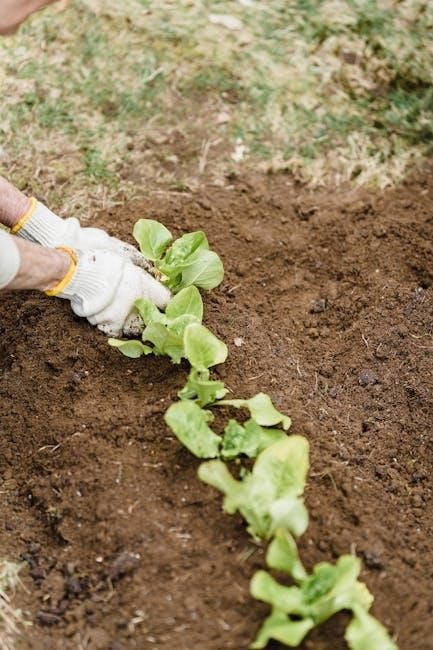
Fall planting in Zone 7 offers a second chance to grow cool-season crops before winter. Late July to early August is ideal for starting seeds indoors‚ such as cabbage and kale‚ which are then transplanted in mid-August. Direct sow carrots‚ beets‚ and radishes outdoors in late August. Lettuce‚ spinach‚ and broccoli thrive in the cooler fall temperatures. Planting about 8 weeks before the first frost date ensures crops mature. Soil should be well-prepared‚ and partial shade can help prevent bolting. Consistent moisture and mulching support healthy growth. Fall gardens extend the growing season‚ providing fresh produce well into autumn. Proper planning and timing are crucial for a successful fall harvest in Zone 7.
3.4. Winter Planting
Winter planting in Zone 7 is possible due to its relatively mild climate. Hardy crops like spinach‚ kale‚ and Brussels sprouts can tolerate light frosts and continue growing. Plant these in late fall‚ about 8 weeks before the first frost date‚ to allow them to mature. Cold frames or row covers can protect plants from extreme cold snaps. Soil preparation is key‚ as the ground should be workable in late fall. Some gardeners also start seeds indoors during late winter for an early spring harvest. Winter planting extends the growing season‚ providing fresh produce during colder months. Proper protection and timing ensure a successful winter garden in Zone 7.
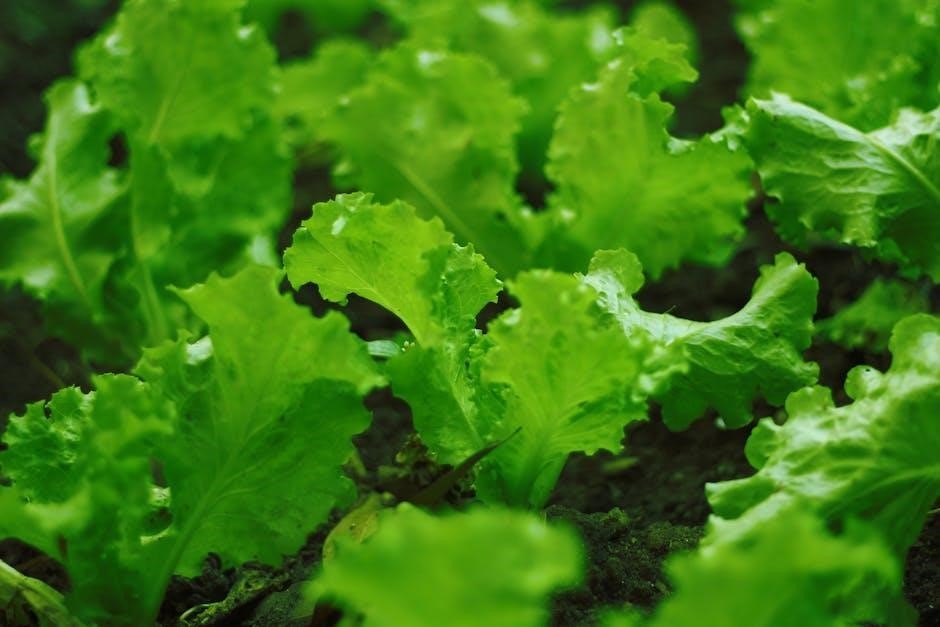
Tips for Success
Adjust planting dates based on local microclimates‚ use organized schedules‚ and protect crops with row covers or cold frames to extend the growing season in Zone 7.
4.1. Soil Preparation
Proper soil preparation is crucial for a successful garden in Zone 7. Test your soil to determine its pH level‚ as vegetables thrive in slightly acidic to neutral soil (6.0–7.0). Add compost or well-rotted manure to improve soil structure and fertility. For cool-season crops like broccoli and carrots‚ ensure the soil is well-draining and slightly cooler. Warm-season crops‚ such as tomatoes and peppers‚ benefit from richer‚ compost-enriched soil. Till the soil deeply before planting to break up clods and aerate the ground. Avoid over-tilling‚ as this can disrupt soil health. Incorporate organic matter in spring and fall to maintain soil vitality year-round.
4.2. Sunlight Requirements

Most vegetables in Zone 7 require at least 6 to 8 hours of direct sunlight daily for optimal growth. Cool-season crops like spinach and lettuce can tolerate partial shade‚ especially during summer heat‚ while warm-season crops such as tomatoes and peppers need full sun. Ensure your garden receives adequate light by positioning plants according to their needs. Avoid planting sun-loving vegetables in shaded areas‚ as this can lead to poor growth and reduced yields. Use shade cloth for sensitive plants during extreme heat. Proper sunlight exposure is essential for photosynthesis‚ flavor development‚ and overall plant health. Plan your garden layout to maximize sunlight distribution for a productive harvest.
Using a Planting Calendar
A Zone 7 planting calendar helps gardeners schedule sowing‚ transplanting‚ and harvesting. It organizes planting times for cool- and warm-season crops‚ ensuring optimal growth and productivity throughout the year.
5.1. Creating a Schedule for Zone 7
Creating a Zone 7 planting schedule begins with noting key dates like the last frost date (April 15th) and first frost date (November 15th). Start by listing cool-season crops such as broccoli‚ kale‚ and spinach‚ which thrive in early spring (February-March) and late summer for a fall harvest. Warm-season crops like tomatoes and peppers should be planted after the last frost. Allocate specific weeks for seed starting indoors and transplanting outdoors. Include dates for direct sowing seeds like carrots and beans. Plan for successive plantings every 1-2 weeks to extend the harvest season. Rotate crops annually to maintain soil health and prevent pests. Adjust the schedule based on weather patterns and personal preferences for a tailored gardening plan.

